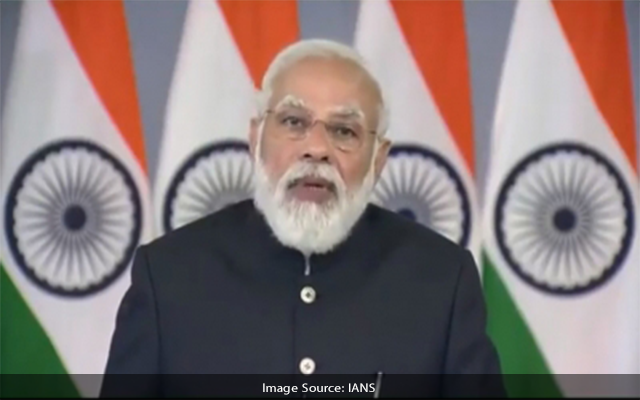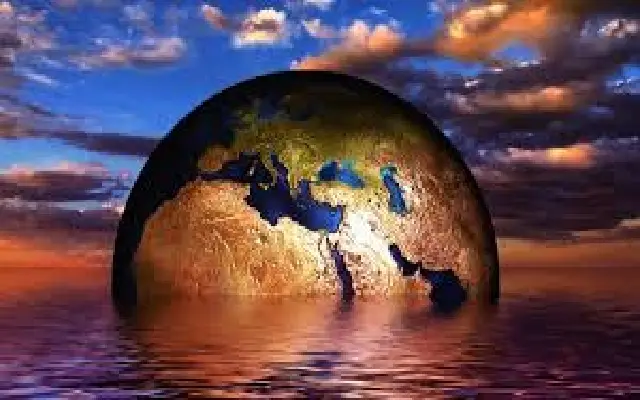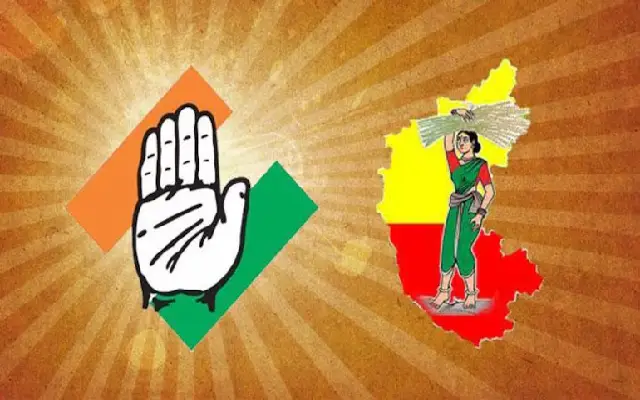New Delhi: Terming it “excellent news”, Prime Minister Narendra Modi on Thursday February 3 lauded the fact that India has established the largest network of Ramsar Sites in South Asia.
“Excellent News! India having the largest network of Ramsar Sites in South Asia manifests the commitment of our citizens to protect flora and fauna and live in harmony with nature,” the Prime Minister tweeted late Thursday evening.
His appreciation came for the latest addition of two wetlands as ‘Ramsar Sites’ as announced on Wednesday at the World Wetlands Day event. The two are Khijadiya Wildlife Sanctuary in Gujarat and Bakhira Wildlife Sanctuary in Uttar Pradesh.
With these two, the total number of Ramsar Sites in India now stand at 49 and with all together, they cover 10,93,636 Ha, the highest in South Asia.
World Wetlands Day is celebrated on February 2 to mark the date of the adoption of the Convention on Wetlands on the same day in 1971 in the Iranian city of Ramsar.
Environment, Forest, and Climate Change Minister Bhupender Yadav, promptly thanked and replied to the Prime Minister’s tweet: “India under your leadership and special focus on preserving the ecology has presented a model worth emulating for the world.”
Between 2006-07 and 2017-18, there has been an addition of 14,823 new wetlands with an area of 0.36 Mha while a total of 1,342 wetlands covering an area of 0.025 Mha have disappeared, according to an updated Wetlands Atlas launched on Wednesday.
In absolute numbers, there has been a total increase of 0.64 million hectares (Mha) area and 18,810 wetland numbers. The increase in wetland area includes both new (56.4 per cent) as well as positive change in the existing wetlands 43.6 per cent. Among the wetlands that disappeared in the 2017-18 document, are mostly waterlogged regions (natural and man-made), tanks in abandoned mining and aquaculture ponds.
These are the findings of the ‘National Wetland Decadal Change Atlas’ that was released on the occasion of World Wetlands Day 2022 on Wednesday and documents wetlands across India especially with respect to the changes from 2006-07 till 2017-18.



















